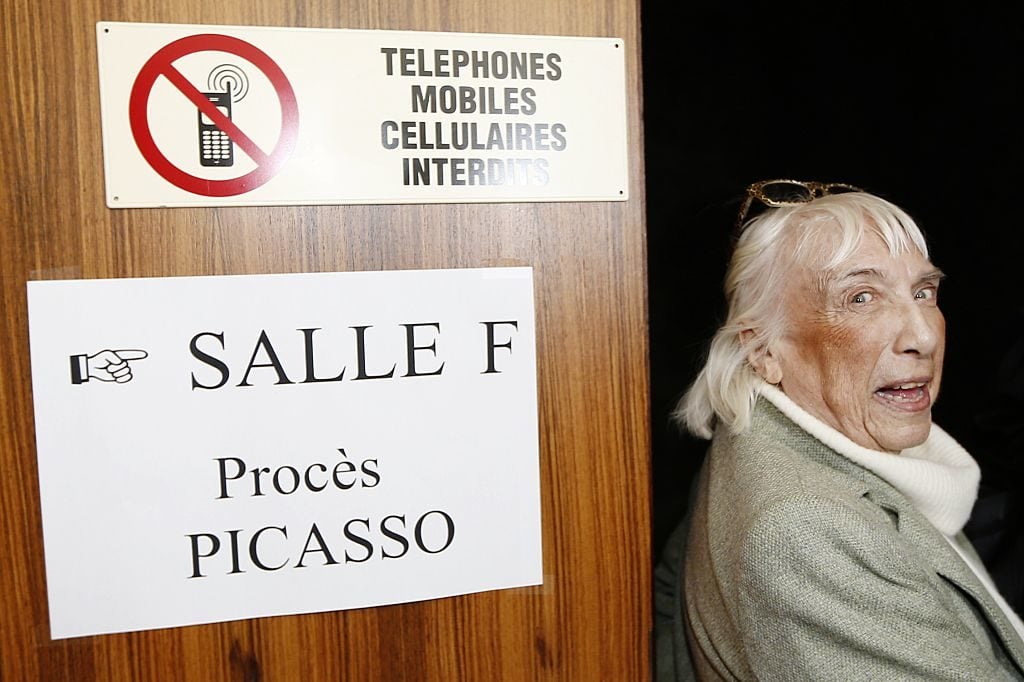People
That Time When Pablo Picasso Painted With His Daughter’s Excrement
Has the secret to the artist's vibrant browns been revealed?

Has the secret to the artist's vibrant browns been revealed?

Sarah Cascone

Some secrets aren’t meant to be told. Did you really need to know, for instance, that Pablo Picasso sometimes painted with his daughter’s feces?
It’s one of the sickening revelations in 100 Secrets of the Art World: Everything You Always Wanted to Know From Artists, Collectors, and Curators, but Were Afraid to Ask, a new book by Thomas Girst and Magnus Resch. (Other secrets apparently concern such high-profile art world figures as Jeff Koons, Marina Abramović, Larry Gagosian, and Zaha Hadid.)
The news about “Poo-casso,” as reported by Page Six, comes from the famous artist’s granddaughter, Diana Widmaier Picasso, and is a long-held “family secret,” according to the book. It’s unclear how often Picasso turned to this unconventional art supply, which was reportedly featured in a 1938 still life.
Picasso is said to have used his daughter Maya’s feces to paint an apple on the canvas. She was just three years old at the time.

Maya Widmaier-Picasso in court in 2015. Courtesy of VALERY HACHE/AFP/Getty Images.
“According to him, excrement from an infant breast-fed by its mother had a unique texture and ocher color,” Widmaier Picasso explained.
As gross as the medium might seem, Widmaier Picasso is mainly impressed by her grandfather’s ingenuity: “Picasso had already told André Breton in 1933 that he wanted to use real, dried excrement for one of his still life paintings, specifically those inimitable turds that he happened to notice in the countryside when children ate cherries without bothering to spit out their pits,” she wrote. “The revulsion that this material might provoke is instead transformed into amazement as we grasp the full imagination of the artist.”
Picasso, of course, isn’t the only artist to employ excrement in his work. Chris Ofili’s Holy Virgin Mary, for instance, became a lightening rod for controversy at the Brooklyn Museum back in 1996, causing offense by incorporating elephant dung into its depiction of the saint. There are also several museums dedicated solely to fecal matter.